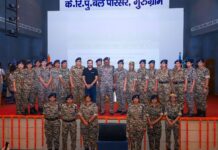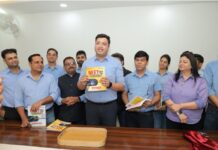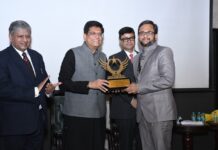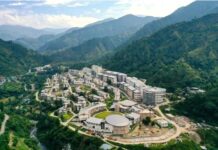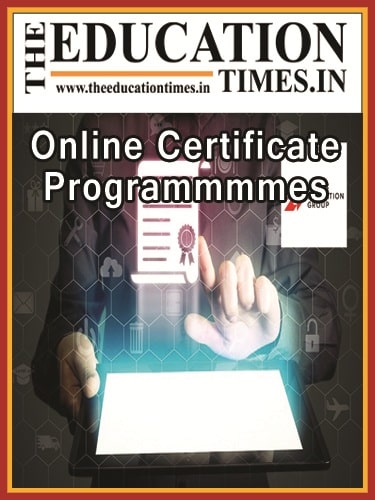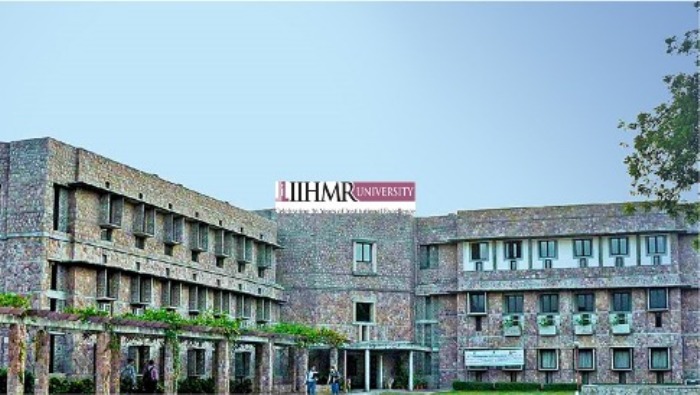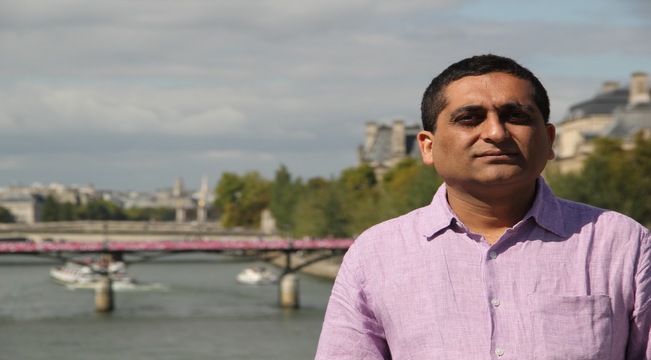IIT Kharagpur has the highest number of faculty vacancies at 798, followed by IIT Madras with 482 vacant positions, and IIT (ISM)- Dhanbad with 446 vacancies. IIT Tirupati had the lowest vacancy with 15 vacant positions, according to government data.
New Delhi, October 5,2022: The Indian Institutes of Technology (IITs) — country’s premier technology schools — together have over 4,500 faculty positions vacant, according to government data.
Of the 23 IITs, IIT Kharagpur has the highest number of faculty vacancies at 798, followed by IIT Madras with 482 vacant positions, and IIT (ISM)- Dhanbad with 446 vacancies. IIT Tirupati had the lowest vacancy with 15 vacant positions.The government recently shared this data in Parliament while responding to a question asked by BJP MP C.M. Ramesh.
“Filling up of vacancies is a continuous process and IITs issue rolling advertisements, which are open throughout the year for all candidates…” the reply given by the Education Ministry states.
IITs have often justified the slow recruitment process on the ground that the premier tech schools do not believe in compromising quality and that they rather keep positions vacant than hire someone mediocre. According to the reports published in indianexpress.com
Professor Abhay Karandikar, Director of IIT Kanpur told The Indian Express, “We are making all efforts, but we cannot recruit so easily because of our (high) standards. All faculty candidates have to be PhD from reputed universities with some years of experience.” He said recruitment of faculty members also requires infrastructure development such as labs and housing facilities.
IIT-Kanpur has 382 vacancies in teaching positions, according to the ministry’s response.
Accordng to the analysed data, IIT-Delhi had 52 vacant teaching positions which was lowest among the top five IITs. (Graphics by Dinkar Sasi)
Professor Karandikar said problems such as classes not taking place, or students not being guided, have not happened due to vacant positions. He said, “We need the faculty strength to grow. The institute also needs to grow. When faculty members are hired the research gets multiplied. But there are no problems (like) classes are not happening, or students are not being guided. These things do not happen.”



